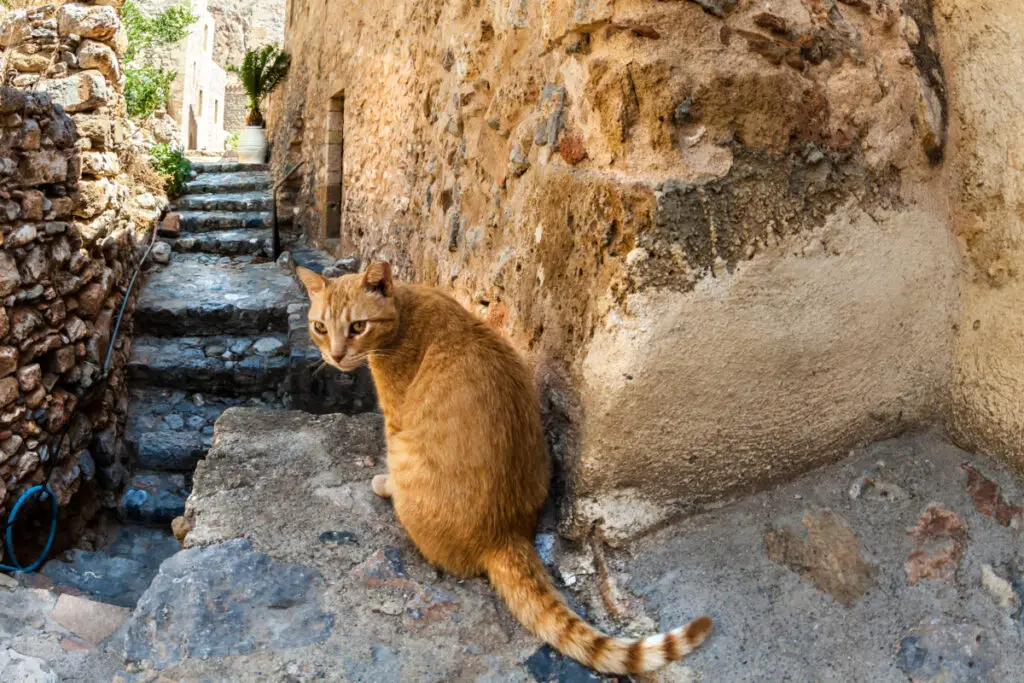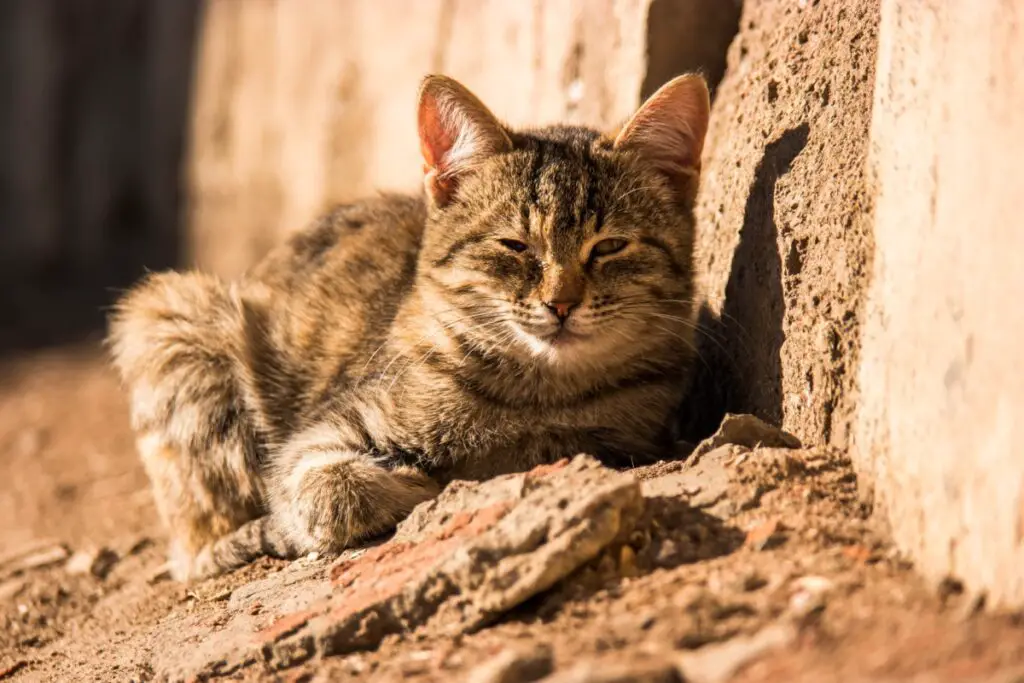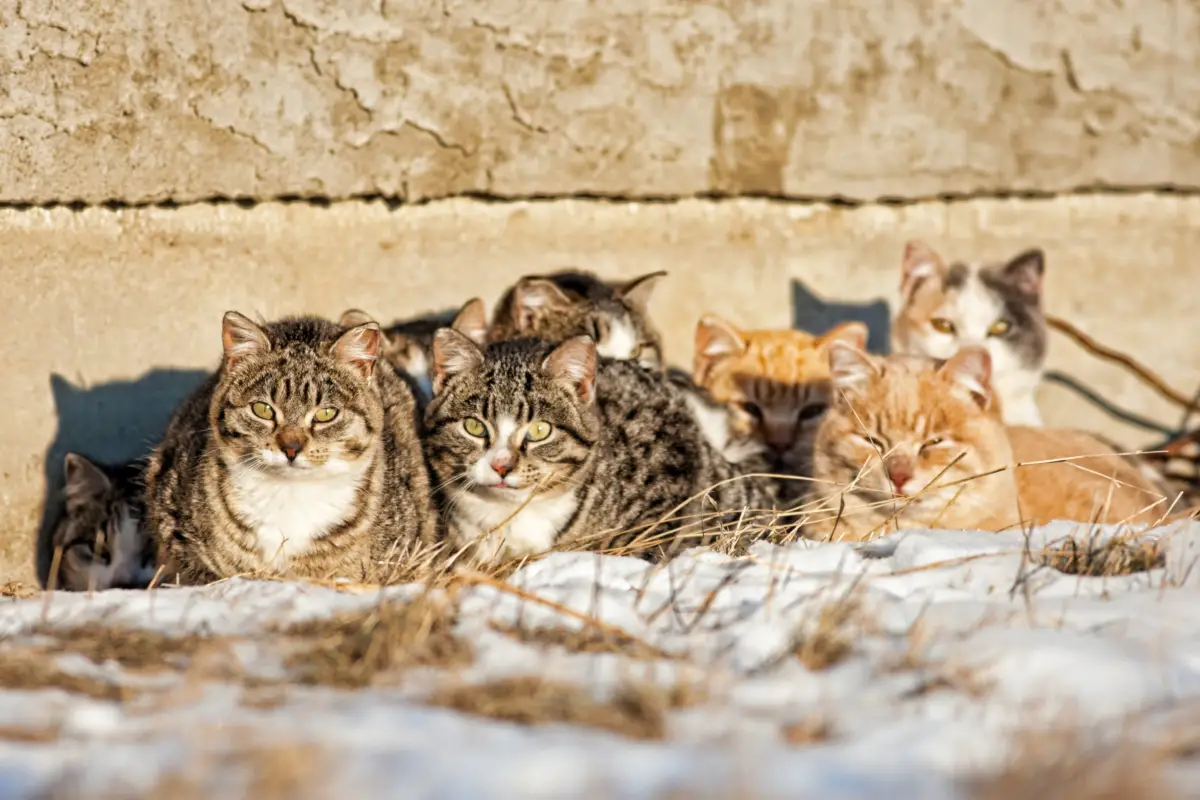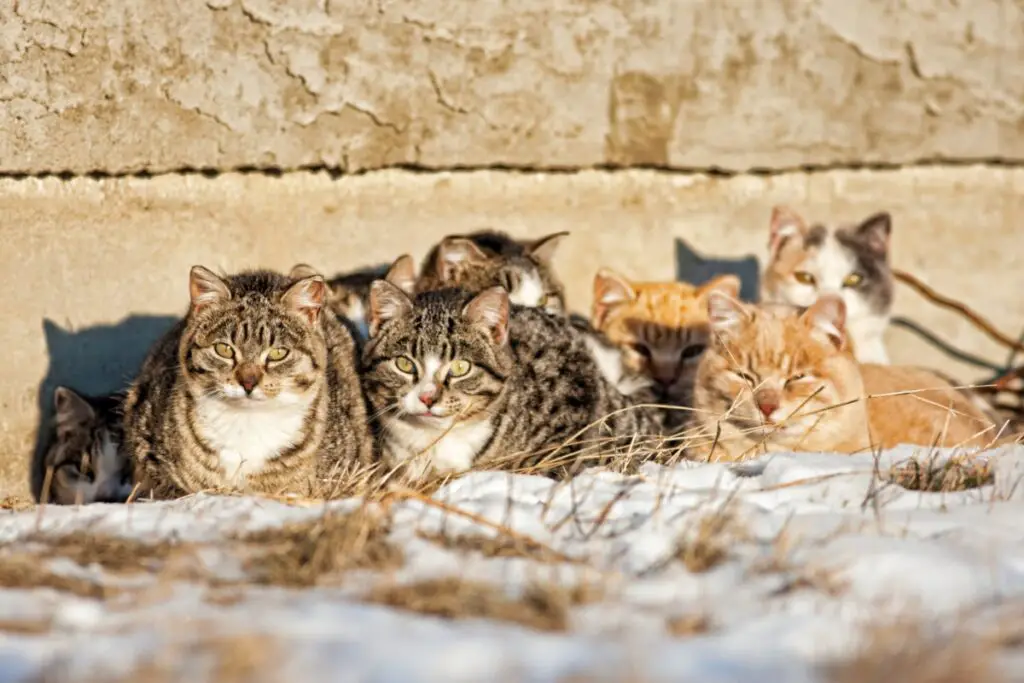Find out how you can make a difference for community cats.
What’s the difference among stray cats, lost and abandoned cats? For one thing, they’re all homeless, and oftentimes they’re erroneously lumped into the category of “feral cats.” The Community Cat Movement (CCM) seeks to change this perception by increasing public awareness about feral cats.
The goal of Community Cat Movement is to bring the plight of community cats mainstream. Central to the issue is TNVR. This includes making Trap-Neuter-Vaccinate-Return (TNVR) a household name, while most people are accustomed to hearing TNR (Trap, Neuter, Return), without the ‘V’.
The “V” is very important.
One of the misperceptions of community cats are that they are a nuisance, or carry diseases. This is not true. Community cat colonies are cared for by colony caretakers. These volunteers will trap cats, spay or neuter them, vaccinate them, tip their ear to mark that they have been spayed/neutered, and return them to their colony where they can live their life out peacefully.
Caretakers visit the colony daily, rain or shine. They feed the cats, provide fresh water and check on the health of the cats. Any cat that is not well, is treated by a veterinarian.
“My hope is that TNVR becomes a household word and topic that can be discussed with people of all ages. I know it’s a lofty and grandiose goal but community cats are not to blame for their plight.” -Beth Frank, President of the Community Cats Movement
Someone didn’t spay our mother. Now we’re homeless. Huddled together for warmth in the snow.
How did we move from TNR to TNVR?
About a year after forming Community Cats United, Inc. (Trap-Neuter-Return Community), Beth Frank read the book “Community Cats: A journey Into The World Of Feral Cats” by Anne Beall. According to a study done by Beall Research, only 5% of the population in the USA has a good working knowledge of Trap-Neuter-Vaccinate-Return (TNVR). It was then that Frank realized that those who are aware of TNVR need to be active in educating those that don’t know or understand the concept.
“We must make people understand that when you support community cats, you also help all companion animals.” -Beth Frank, President of the Community Cats Movement
Where is the Community Cat Movement taking off?
The CCM is focusing on the USA first, however this is an international movement with the intent to grow throughout the world. Community Cats United, Inc. is an established and internationally active group from which the Community Cat Movement stemmed.
At present, the Community Cat Movement has about 10,000 members and 950 groups in 77 countries and all 50 US states. Community cats are not unique to the US. And compassion and advocacy for these cats is truly a global issue.

My family moved and left me behind to fend for myself.
What are the goals for 2016?
The goal is to increase public awareness and support for community cats which includes feral cats, stray cats and abandoned cats. The goal is to move the needle from 5% of the population understanding what the TNVR movement is to at least 10%. So far the group has grown to a following of over 3,000 people on social media. Veterinarians have stepped forward to say “What can I do to help?” And volunteers have coordinated communications among cat groups, cat shelters and cat rescue groups. Others have agreed to share the message and plight of community cats to help educate and drive critical awareness.
How is the CCM different from other feral cat communities?
The Community Cat Movement not only helps support community cats in need, but they reach out to the public to increase public awareness. Says Frank, “Once the public becomes aware of the community cat issue, we hope they’ll rally around this cause, recognizing that community cats are the byproduct of an uneducated public. Many of these cats are in these communities because people aren’t aware of the importance of spay/neuter. Some people dump their cats when they move, or the cat is no longer wanted. We seek to change the perception of community cats.”

I was abandoned by my owners. I have no where to go.
Who can join and how can the average person help?
Anyone and everyone can join. The movement is in desperate need for all kinds of volunteers. Says Frank, “…and it is our hope that they will join! If you love animals, we need you here.”
The easiest way to support this movement is to be vocal and social.
- Start by liking and following their Facebook page.
- Next, start learning about community cats and help to educate others. Share the message of TNVR and Community Cats Movement on all of your social media accounts.
- Do some research on community cats in your own community. Make contacts with other cat groups you are aware of, contact local veterinarians, rescues, shelters, etc. Share information with them through printed flyers.
- Finally, get into the field. Consider becoming a trapper, caretaker, or transporter. These roles are always needed.
If you can’t get out into the field, not to worry, you can still help by sharing information. The Community Cat Movement wants everyone involved, whatever their capacity to help.
“My hope is that as people begin to learn about all the different areas that are open to volunteer. We need people that can’t leave their homes just as much as we need trappers and colony caretakers. Everyone can get involved to take care of our community cats.” -Beth Frank, President of the Community Cats Movement
TIP: Make an impact now and sign the Community Cats Petition.
CCM started a petition to USA Senators and Representatives requesting that animal cruelty laws be addressed in a more stringent and comprehensive manner. While this is not specific to community cats, their plight would also be addressed if our legislators take action.
Why join?
Those practicing TNVR currently are needed to join and teach others. Additionally, and perhaps most importantly, those that have no understanding of TNVR are encouraged to join and learn from others. The desire is to expand this movement as far and wide as possible, and that will only happen when people not currently involved decide to learn, help, and become part of the solution and hope for community cats (feral cats, stray cats and abandoned cats).
How do you join?

Will you join us?
Start by liking their page on the Community Cats Movement Facebook Page and follow their daily articles and start sharing the Community Cat Movement with all your friends!
Will you join?
Will you support the community cat movement?
Do you currently volunteer with cats or have experience as a colony caretaker? Let us know your experiences!

